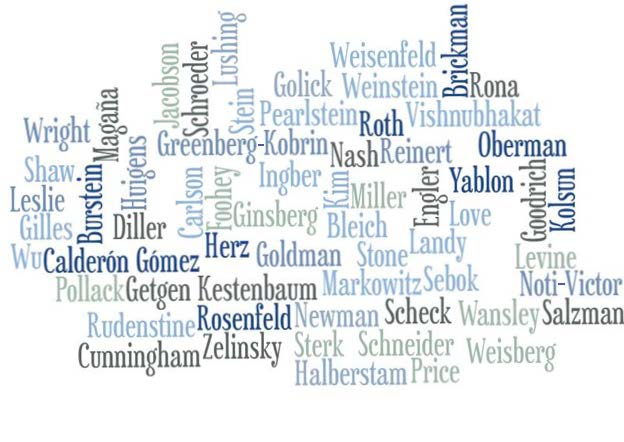Publication Date
2006
Journal
Indiana Law Journal
Abstract
U.S. practices of coercive interrogation and torture since 2002 have called into question the efficacy of traditional structural constraints on executive power. Few dispute that the most egregious abuse of detainees in U.S. custody was unlawful, yet neither congressional oversight nor law-making functioned to check such treatment. This Article first considers why and how torture and abuse became such a pervasive problem post-9/11 despite affirmative laws prohibiting them. It then argues that the tools that were at all effective in checking executive power emerged from less classically "democratic" sources: a highly professionalized military and intelligence community; the media and organizations of non-governmental civil society; and actively engaged courts. While it is true that core democratic structures (particularly congressional oversight) failed to constrain executive operations in prisoner detention and treatment, these other levers of power saw at least modest success in changing the course of executive policy.
Volume
81
First Page
1255
Publisher
Indiana University Maurer School of Law
Keywords
interrogation, executive branch, detainees, detention, prisoners
Disciplines
Law
Recommended Citation
Deborah N. Pearlstein,
Finding Effective Constraints on Executive Power: Interrogation, Detention, and Torture,
81
Ind. L.J.
1255
(2006).
https://larc.cardozo.yu.edu/faculty-articles/374



